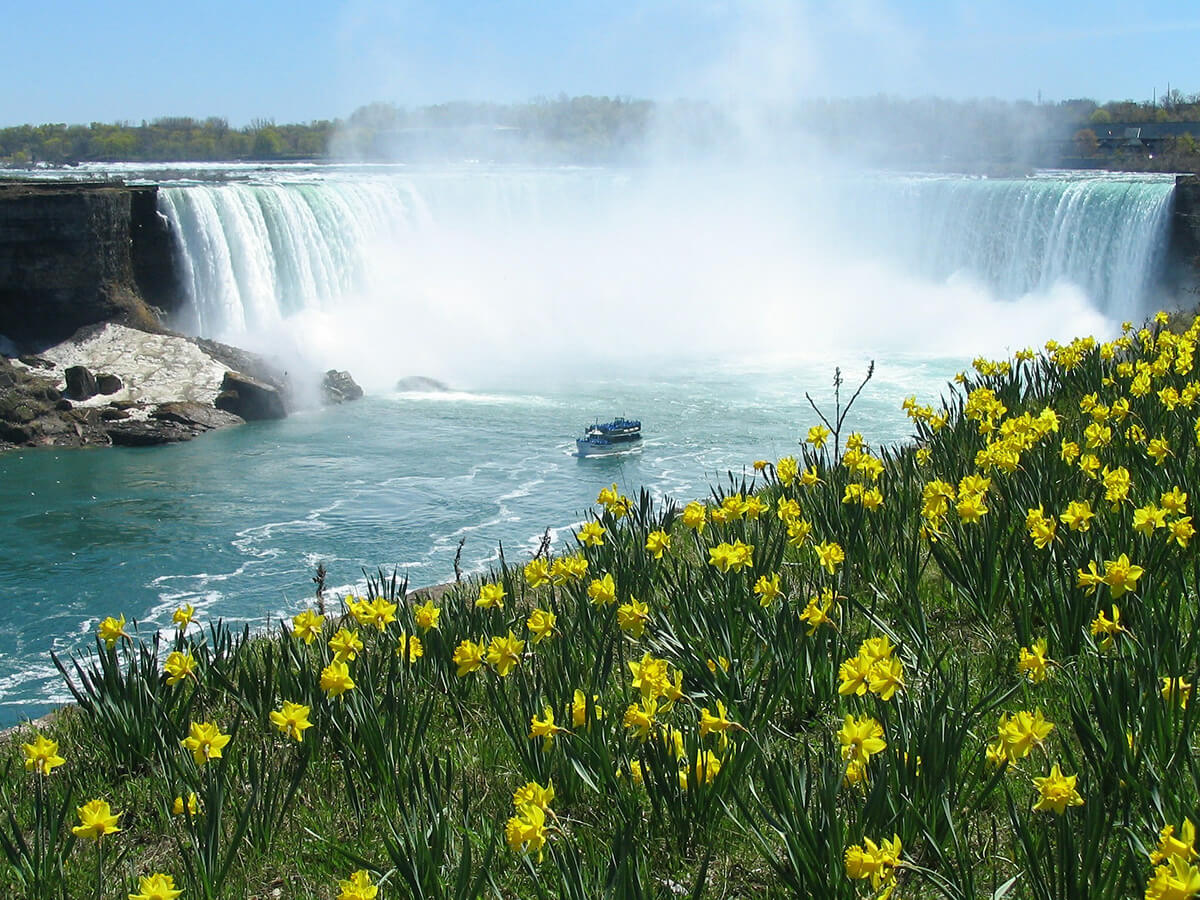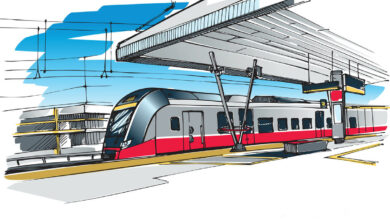Staycation tax credit aims to boost domestic tourism by 2022
Ontario’s staycation tax credit came into effect on January 1 and will allow residents of the province to recover up to 20% of accommodation expenses between January and December 2022 on their income tax returns. Individuals can claim a refund up to $1,000 and for families up to $2,000 for a maximum credit of $200 and $400 respectively.
The government’s goal is to stimulate local industry and encourage people to travel within their own province. The tax credit was a suggestion of the task force that Ontario’s ministry of tourism, culture and sport created. The Ford government has set aside $270 million of the budget to fund the staycation tax credit.
The accommodation that is reimbursed by the government can either be a hotel or a resort or a campsite. This way people will have more money to spend on meals, entertainment, and transportation.
Google searches show that the word “staycation” peaked in Canada during the first week of January 2022, when compared to the rest of the pandemic period. Similar programs in other Canadian provinces, such as a two-week incentive in Manitoba last summer, showed signs of success.
The Niagara region, one of the most popular regions for tourists in Ontario, has lost about $4 billion of GDP since the start of the pandemic. Data from the World Travel and Tourism Council revealed that Canada’s tourism sector saw a 53% drop in GDP during the first year of the pandemic.
While contributions from international travellers fell due to Covid-19, domestic tourism spending was also cut in half by 2020. Industry experts argue that the need for local support in the tourism industry is crucial for a third year of the pandemic.
Below we publish the interview with the Minister for Heritage, Sport, Tourism and Culture, Lisa MacLeod.
Milénio Stadium: Travel agencies flooded with requests after Ottawa says it will drop pre-arrival PCR test for travellers. What are the Ontario government’s expectations for this sector in the coming months? Will the festivals and events come back this year?
Lisa MacLeod: Our government remains committed to helping stabilize the heritage, sport, tourism, and culture industries impacted by the pandemic that were hit hardest and will take the longest to recover. As the world heals from the worst of Covid-19 we will continue to support our sectors grow and recover and set them on a path to transform and thrive.
Ontario has invested more than $1 billion since the pandemic began through programs such as the Ontario Staycation Tax Credit, Ontario Tourism Recovery Program, and Reconnect to support our sectors as they re-emerge to drive economic activity and support hundreds of thousands of jobs across the province.
With key public health and health system indicators continuing to improve, we have been able to ease restrictions so that many of our stakeholders can safely resume operations at 100 per cent capacity.
Through the Reconnect program the Ontario government has invested nearly $50 million to help festival and event organizers deliver safe, innovative experiences that allow people to reconnect with their communities as the province moves through its Roadmap to Reopen.
MS: How is the government planning to address the shortage of staff in the hospitality industry?
LM: The measures we have taken and continue to take will be crucial to helping our industries emerge more resilient and adaptive than ever before, and to restoring sectors that also enrich our quality of life, our diversity and our sense of unity and community spirit. We will continue to work together – as we have throughout the pandemic – to strengthen our sectors’ enduring and irreplaceable contributions to Ontario’s pride of people, pride of place, and pride of product.
On March 1, Ontario intends to take additional steps to ease public health measures if public health and health system indicators continue to improve.
MS: Is the Ontario government considering a region-specific program for Toronto, Niagara and Ottawa or the Ontario Staycation Tax Credit will be enough?
LM: The Ontario’s Staycation Tax Credit is making tourism in the province more affordable and accessible by providing Ontario residents with support of up to 20 per cent of eligible 2022 accommodation expenses.
The government introduced the Ontario Tourism Recovery Program, a $100 million, competitive, application-based program that will support Ontario-based, tourism businesses in the for-profit attraction, accommodation and transportation sectors within Ontario. The ministry continues to provide support to Ontario’s 13 Regional Tourism Organizations. As a result, Ontario’s tourism industry has a strong combined voice and is well equipped to attract more visitors, generate more economic activity, and create more jobs as the province begins to emerge from this crisis.
MS: How much does tourism sector contribute to Ontario’s economy?
LM: Ontario has a strong and vibrant tourism industry. In 2019, tourism generated $38 billion in economic activity in the province.
Joana Leal/MS









Redes Sociais - Comentários